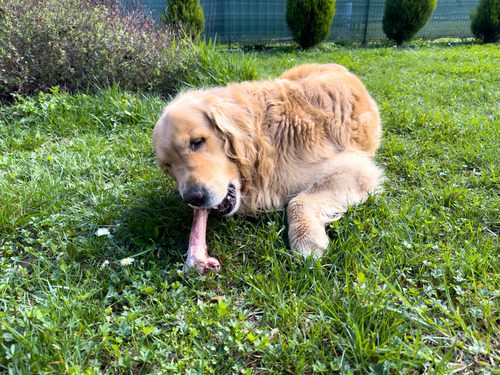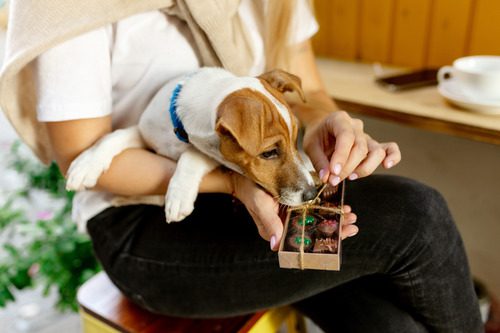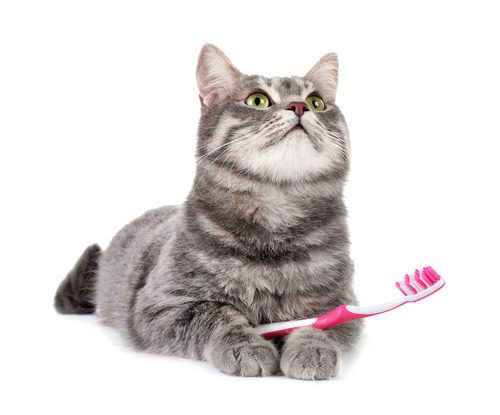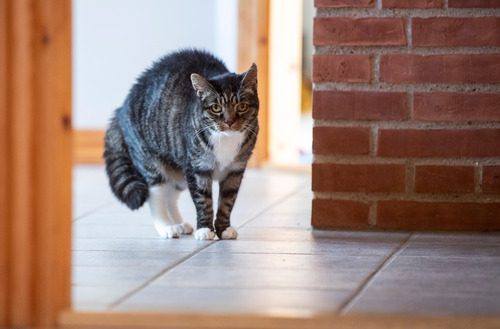6 Tips for Potty Training Your Dog
Do you have a dog, or are you planning to get one soon? Are you concerned about potty training and looking for some simple solutions to help you get started? If this sounds like you, then you’ve come to the right place!
Below, we’ll walk you through six tips you can use to potty train your dog. Whether you’re potty training a new puppy or an older dog who just hasn’t learned to go to the bathroom outside yet, you’ll find the help you need to get started below.
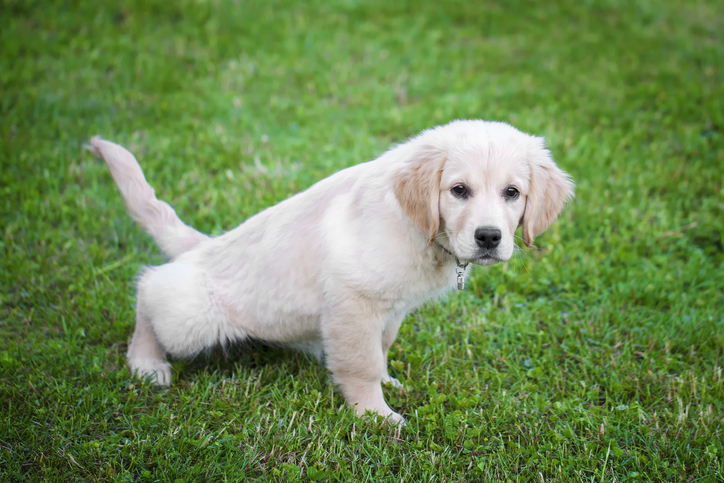
1. Set a Schedule
Bathroom schedules are crucial in the first stages of dog potty training. You should always take your dog out to potty first thing in the morning and right before bed. In between those times, you should take a young puppy out every couple of hours for best results.
Additionally, make sure you take your dog out within five or ten minutes of eating or drinking water. This way, they will learn to associate the feeling of needing to potty with having a chance to do so outside, and they will be more likely to make this connection moving forward.
2. Praise and Reward
Once your dog goes potty outside, make sure you give them a lot of praise! Get excited about it, and give them a treat immediately, while you are both still outside. This will help your dog quickly understand that they are doing something right when going to the bathroom outside. When they don’t get the same response inside, they will learn fast.
Dogs respond well to positive reinforcement, so keep this in mind when training your pet in other ways, too. A little praise and a few treats can go a long way toward encouraging your dog to learn, regardless of their age.
3. Consider a Crate
Crate training can go a long way toward potty training, too. Although crate training is not right for every family or every dog, it can be a successful method of regulating when your dog goes potty and when they do not.
To use crate training as part of potty training, make sure the crate is big enough for your dog to stand up in, but not much bigger. This way, they will not go to the bathroom inside the crate and will instead wait to be taken outside to use the bathroom.
4. Consider Potty Bells
Some dogs respond well to the use of potty bells. Potty bells are a type of bell that can be rung when the dog swats them with their paw or touches them with their nose.
You can train your dog to ring a potty bell when they need to go out. To do this, start by teaching your dog how to ring it for a treat. From there, have them ring it before going outside every time, and then give a treat when they do this. Pretty soon, your pet will associate potty time with ringing the bell.
5. Don’t Punish for Accidents
Some pet owners find it tempting to punish their dogs for bathroom accidents inside. However, dog trainers typically do not recommend going this route. Punishing for accidents can be detrimental to your dog’s potty training and may set them back significantly, rather than help.
Instead of punishing, keep in mind that you can only scold your dog if you catch them in the act of going to the bathroom indoors. Give them a quick, stern “no” and then take them outside immediately to finish going to the bathroom. If you don’t catch your dog in the act, then do not punish or scold, as they won’t understand why they are in trouble.
6. Provide Plenty of Time
Some dogs take longer to find the “right” spot to do their business outside than others. If you find that your dog needs ten or fifteen minutes outdoors before they will go to the bathroom, then be sure to give the time they require.
Although it can be frustrating for your dog to take a long time going to the bathroom when you’re in a hurry, it’s important not to rush your pet. They may just need a little more time to focus beforehand, and that’s okay.
Begin Your Dog’s Potty Training
With the help of this information, you should be able to get your dog started on the road to successful potty training in no time. Even if you find that some of these suggestions don’t quite work for your pet, others may work very well. It’s all about trial and error and finding the right balance that works for your dog.
If you have any other questions or concerns, be sure to talk to your Heart + Paw veterinarian for more information. Book an appointment online with your dog’s Heart + Paw veterinarian at any of our locations to help with potty training!
Recent Posts
Can Dogs Eat Ham?
Ham is a popular meat found on many dinner tables, especially during the holidays. As a dog…
8 Signs and Symptoms of Diabetes in Dogs
Caring for a dog means being tuned in to the subtle changes that can reveal their overall…
Why Dogs Can’t Eat Chocolate and Tips for Keeping This Sweet Treat Out of Their Reach
Chocolate is a beloved indulgence for us, but for our dogs, it’s a hidden danger that can…
Why Cat Teeth Cleaning is Important For Your Pet’s Health
As a cat owner, you know how important it is to care for your feline friend’s overall…
Cat Body Language: A Guide To Understand What Your Cat is Telling You
Imagine trying to communicate without words, relying solely on subtle gestures, glances, and movements. This is how…
About Us
Heart + Paw was founded in 2018 by Chief Veterinary Officer Dr. George Melillo, who currently serves the Mid-Atlantic area. Heart + Paw offers a combination of veterinary care, pet grooming, and dog daycare to help be a resource in your pet parenthood journey.
We'd Love to Meet Your Four-Legged Friends
Find out how the friendly veterinary team at your local Heart + Paw can help your pets live longer, healthier lives by searching for a location near you.

